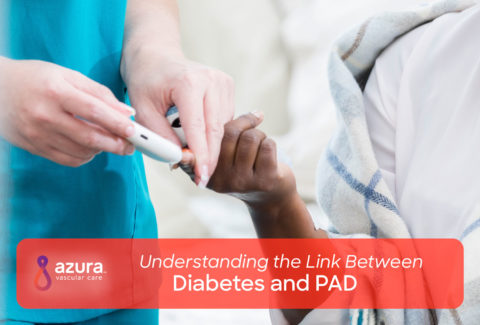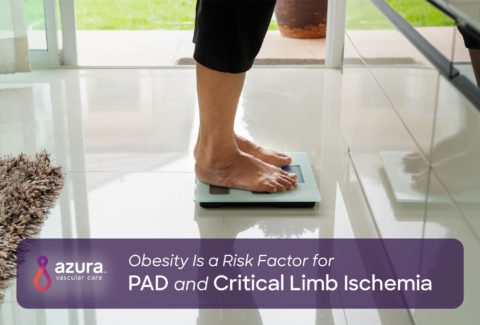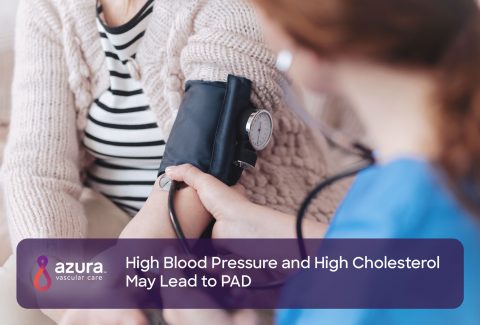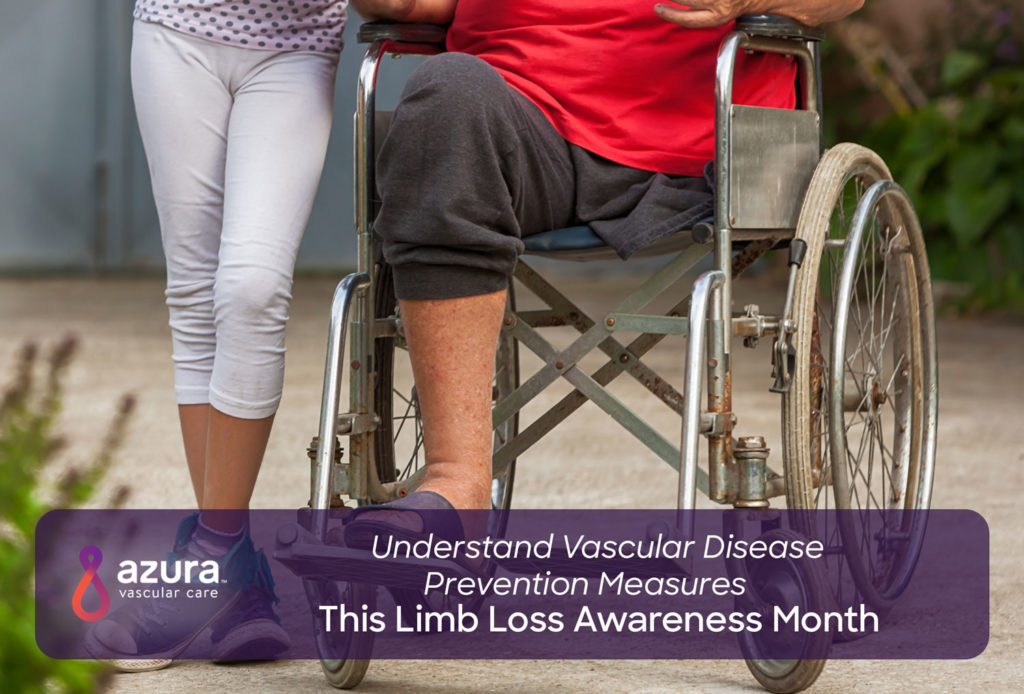
Limb Loss Awareness Month brings attention to the growing number of individuals living with lower extremity amputations and the importance of raising awareness for loss prevention options. While some limb amputations are unavoidable and a result of a traumatic injury, 54% of the estimated 1.6 million Americans with amputated limbs suffered the loss due to vascular conditions. i Each year, in fact, approximately 200,000 non-traumatic amputations occur as a result of peripheral artery disease (PAD) or diabetes. ii Early detection and timely treatment addressing these vascular diseases are key to preventing limb amputation.
What’s the Connection Between Vascular Disease and Limb Loss?
Peripheral artery disease is a disease affecting your vascular system. It occurs when arteries become blocked and weakened by the buildup of plaque in the interior vessel walls. This vessel narrowing results in decreased blood flow to the legs and feet eventually starving the limbs of oxygen and valuable nutrients. If left untreated, PAD can lead to non-healing foot ulcers, recurring wounds on an individual’s legs and eventually critical limb ischemia (CLI) or tissue damage so severe that foot or leg amputation is required. Critical limb ischemia will not improve on its own and medical intervention is required.
Early Symptoms of PAD
PAD develops gradually, sometimes without any obvious symptoms leaving the person unaware of disease progression. Those that do experience early warning signs of PAD report muscle cramping, leg pain or cold feet that improves with rest. Some people with PAD will dismiss these early indicators as the normal process of aging but ignoring these warnings can lead to far worse consequences.
Advanced symptoms of PAD
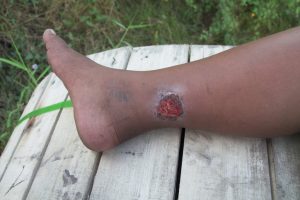
- foot ulcers and/or sores on the lower extremities that won’t heal
- leg numbness or burning sensation
- cold toes or feet
- painful, heavy legs
- dry, discolored skin
- gangrene or black and blue discolored skin with numbness and foul discharge
- foot amputation
Take a deeper dive into PAD symptoms here
Major Risk Factors for PAD
The major risk factors leading to PAD include:
- Smoking
- Diabetes
- Advanced Age
- Kidney Disease
Only a trained healthcare professional can diagnose PAD so be sure to mention any symptoms you are experiencing for early detection and evaluation. Eighty-five percent of limb amputations are preceded by foot ulcers and The Amputee Coalition estimates that 60% of vascular-related amputations are preventable. iii Initial treatment options for PAD can include lifestyle changes, prescription medications or minimally invasive vascular procedures to restore adequate blood flow to the limbs.
For the most severe and untreated cases of PAD, foot and leg amputation is a common treatment. Each year approximately 200,000 non-traumatic amputations occur which are related to vascular disease. With amputation comes additional risk including deep vein thrombosis (DVT), infection, and “phantom limb” pain. iv To lessen your risk of amputation, talk to your physician if you think you may be at risk for PAD.
Sources:
i https://www.azuravascularcare.com/infopad/amputation-statistics/
ii https://physicians.healogics.com/wp-content/uploads/2018/05/Healogics-Wound-Care-By-The-Numbers.pdf
iii April is Limb Loss Awareness Month. https://www.amputee-coalition.org/limb-loss-resource/resources-filtered/resources-by-topic/limb-loss-
iv statistics/prevention -statistics/. *https://www.ncbi.nlm.nih.gov/pubmed/11892372
v Collateral limb and patient survival after leg amputation. Bodily, Kenton c. et al. The American Journal of Surgery, Volume 146, Issue 2, 280-282
